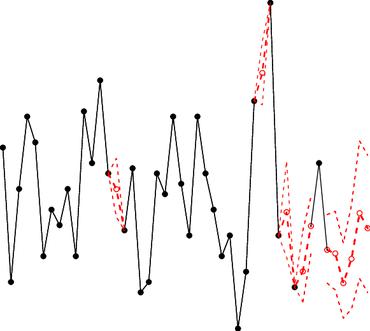A Two-Block RNN-based Trajectory Prediction from Incomplete Trajectory
Trajectory prediction has gained great attention and significant progress has been made in recent years. However, most works rely on a key assumption that each video is successfully preprocessed by detection and tracking algorithms and the complete observed trajectory is always available. However, in complex real-world environments, we often encounter miss-detection of target agents (e.g., pedestrian, vehicles) caused by the bad image conditions, such as the occlusion by other agents. In this paper, we address the problem of trajectory prediction from incomplete observed trajectory due to miss-detection, where the observed trajectory includes several missing data points. We introduce a two-block RNN model that approximates the inference steps of the Bayesian filtering framework and seeks the optimal estimation of the hidden state when miss-detection occurs. The model uses two RNNs depending on the detection result. One RNN approximates the inference step of the Bayesian filter with the new measurement when the detection succeeds, while the other does the approximation when the detection fails. Our experiments show that the proposed model improves the prediction accuracy compared to the three baseline imputation methods on publicly available datasets: ETH and UCY ($9\%$ and $7\%$ improvement on the ADE and FDE metrics). We also show that our proposed method can achieve better prediction compared to the baselines when there is no miss-detection.
PDF Abstract

